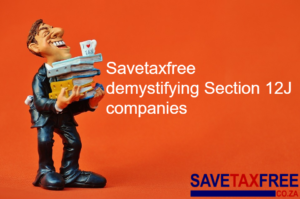What does this approach look like? First, it is not about avoiding debt entirely. It is not about saving and never consuming. It is not about removing consumer choice. Rather, it is about giving consumers the kinds of products that ensure their balance sheets support a good life. This idea is often called “financial wellness”.
This is a paradigm shift for financial services companies, which need to shape their businesses to ensure that customers are financially well in the long run. That calls for a radical departure from the practices of the past decade that have left many customers financially distressed.
Financial wellness can be defined as doing well according to basic personal financial metrics such as positive cash flow, positive net worth, adequate risk coverage and high credit scores.
But it is also the subjective perception of personal wellbeing. Do clients feel well prepared for the future? Do they feel their financial situation allows them to live the life they want?






